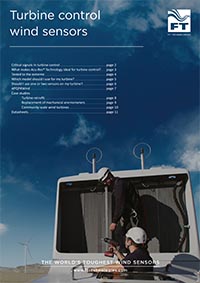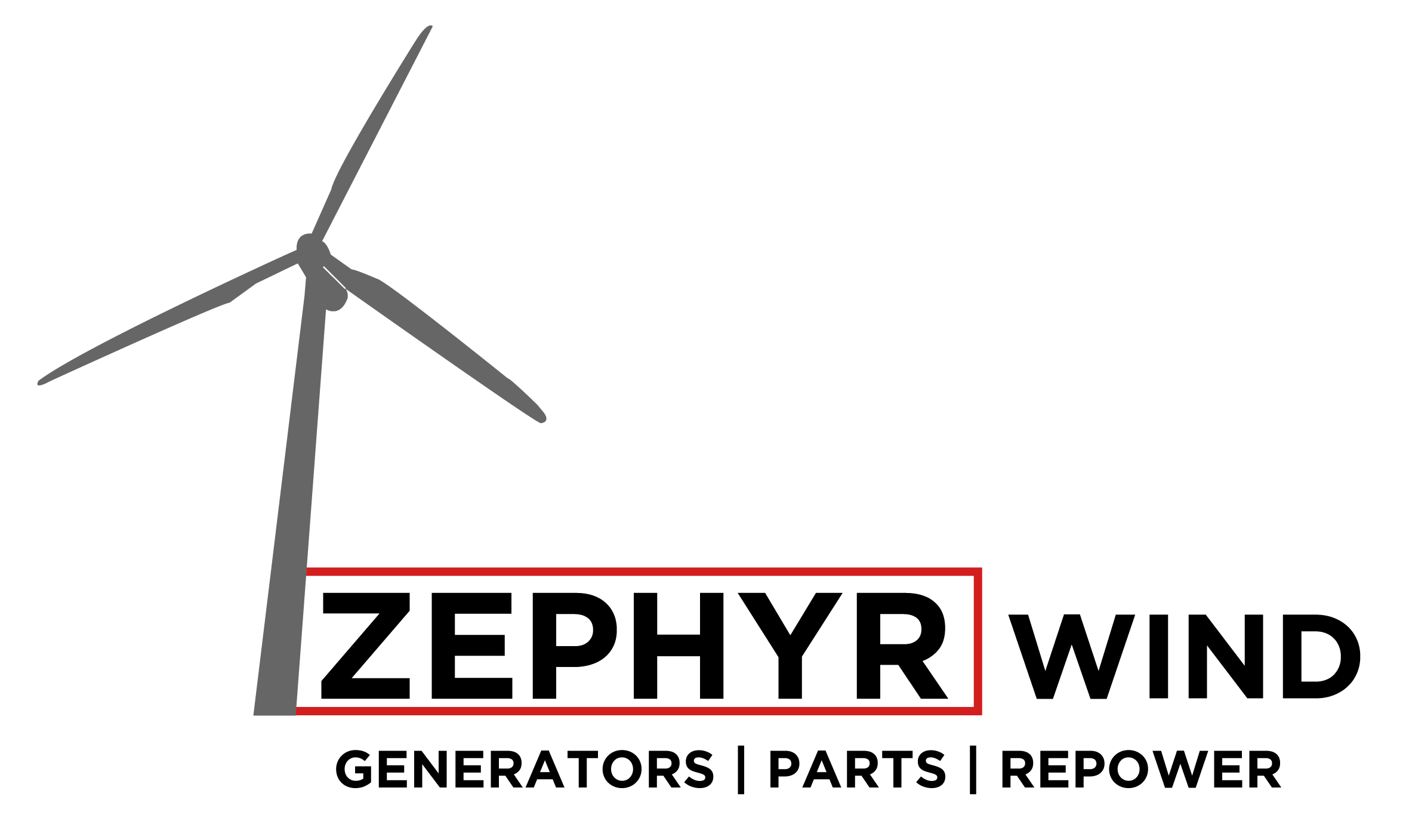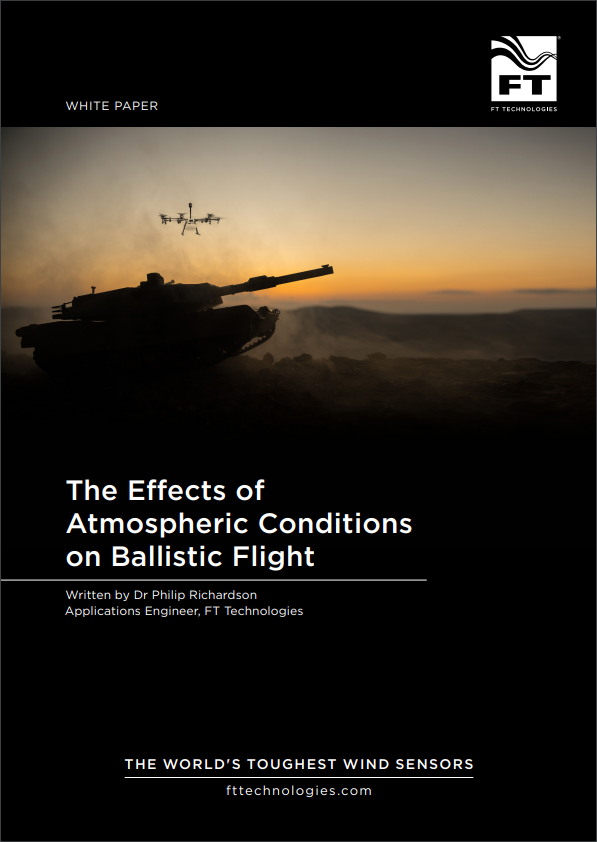Icing can be a problem for many wind sensors, particularly around 0°C where humidity levels can still be high. At lower temperatures the air tends to be drier so icing isn’t so much of a problem.
The FT7 Series wind sensors are highly resistant to icing due to their small size and effective heater. To get the best from your sensor in these conditions, the heater should be enabled and set to 30°C. If the default current limit of 4A proves insufficient then it can be raised in software to 6A but you must ensure that your power supply and cable can support at least 6 Amps.
The sensor should be mounted in such a way that heat can flow into the mounting itself. This helps to keep both the sensor and the mounting ice-free, thus ensuring that it does not become ‘blinded’ by ice build-up. If icing could be an issue in your environment, then aluminium should be chosen for the mounting material, as this is a better thermal conductor than galvanised steel.
In extreme conditions, the heater current limit can be increased from the default 4A to 6A through software (excluding the -SM model). This will give a maximum power draw of 180W, however you should ensure that your cable and power supply is appropriately rated to handle the additional current.














